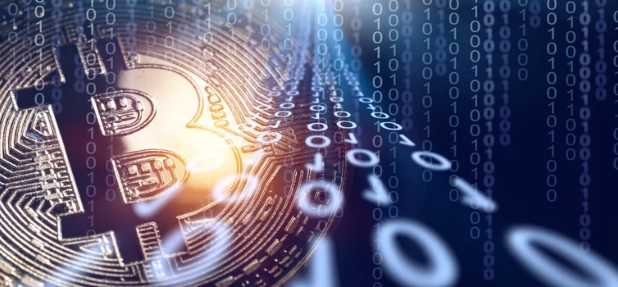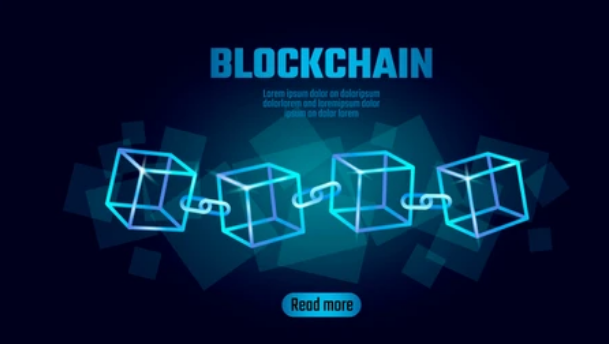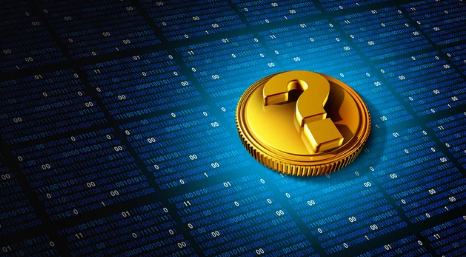Over the past few years, Non-Fungible Tokens (NFTs) have exploded into mainstream culture, sparking debates in technology, finance, and art communities. For some, NFTs represent overpriced JPEGs with no real value. For others, they are the building blocks of a new digital economy—redefining ownership, authenticity, and how we interact with digital assets.
So, are NFTs just a hype-driven fad, or do they truly signal the future of ownership in a digital-first world? Let’s dive in.
What Exactly Are NFTs?
NFT stands for Non-Fungible Token. Unlike cryptocurrencies such as Bitcoin or Ethereum, which are fungible (each unit is identical and interchangeable), NFTs are unique digital assets stored on a blockchain.
Each NFT has its own identity, metadata, and value. This uniqueness makes them ideal for representing things like:
- Digital art
- Collectibles
- Virtual real estate
- Music, videos, and media
- In-game items
- Tickets and memberships
An NFT is essentially a proof of ownership and authenticity that cannot be altered or duplicated.
Why NFTs Became Popular
The NFT boom can be traced to a few major factors:
1. Digital Art and Creators
Artists discovered NFTs as a way to monetize digital creations directly, without galleries or auction houses. In 2021, Beeple’s artwork sold for $69 million at Christie’s, putting NFTs in the global spotlight.
2. Collectibles and Status Symbols
Just like physical collectibles, NFTs appeal to our sense of scarcity and exclusivity. Collections like CryptoPunks and Bored Ape Yacht Club became status symbols in online communities.
3. Play-to-Earn Gaming
NFTs have revolutionized gaming by giving players true ownership of in-game assets. Games like Axie Infinity showed how NFTs could create new economic models.
4. Blockchain Adoption
Ethereum and other blockchains provided the infrastructure to make NFTs widely accessible, with marketplaces like OpenSea fueling the surge.
NFTs Beyond Digital Art
While much of the hype has been around artwork and collectibles, the potential applications of NFTs go much further.
1. Virtual Real Estate
Platforms like Decentraland and The Sandbox allow users to buy, sell, and develop land in virtual worlds, represented as NFTs.
2. Music and Entertainment
Musicians use NFTs to sell exclusive tracks, albums, or concert experiences directly to fans, cutting out intermediaries.
3. Ticketing and Memberships
NFTs can serve as tamper-proof tickets for events or exclusive memberships, ensuring authenticity and reducing fraud.
4. Intellectual Property and Licensing
NFTs can represent licenses, patents, or certificates, providing verifiable proof of ownership and transferability.
5. Real-World Asset Tokenization
Some companies are experimenting with linking NFTs to physical assets like luxury goods, real estate, and even cars, enabling easier proof of authenticity and ownership.
The Advantages of NFTs
- Digital Ownership – Users can truly own and control digital assets.
- Transparency – Ownership history and authenticity are verifiable on the blockchain.
- New Revenue Models – Artists and creators can earn royalties automatically through smart contracts.
- Liquidity for Assets – NFTs make unique items tradable on global marketplaces.
- Community and Identity – NFT collections foster strong communities and online identities.
The Challenges and Criticisms
NFTs are not without controversy and challenges:
- Speculation and Hype – Many NFTs are bought for speculation, leading to price bubbles.
- Environmental Concerns – Early NFTs on proof-of-work blockchains raised sustainability questions.
- Lack of Regulation – The space is still young and prone to scams and fraud.
- Uncertain Value – The long-term value of many NFTs remains questionable.
- Overcrowded Market – With so many NFT projects, standing out is increasingly difficult.
NFTs and the Future of Ownership
The hype may cool, but the underlying technology of NFTs has lasting potential. Here’s how they could reshape ownership in the future:
- Identity and Credentials – NFTs could verify diplomas, licenses, and digital identities.
- Metaverse Integration – As virtual worlds grow, NFTs will anchor ownership of assets within them.
- Fractional Ownership – NFTs may enable shared ownership of expensive assets like real estate or fine art.
- Corporate and Institutional Adoption – Businesses may use NFTs for loyalty programs, digital supply chain verification, or intellectual property management.
Conclusion: More Than Just Digital Art
NFTs started with digital art and collectibles, but their potential reaches far beyond. By introducing verifiable digital ownership, they are opening doors to new business models, digital economies, and a reimagined concept of property in the digital age.
While the speculative frenzy may fade, the core innovation of NFTs—provable ownership of unique digital (and even physical) assets—has the power to reshape industries and redefine how we interact with value in the digital world.
So, are NFTs just digital art? No. They are much more. NFTs are a glimpse into the future of ownership itself.





